SLBC nurtured a bygone generation
UNDYING VALUES
Whilst harnessing youthful talent and launching numerous prime names in an array of spheres, creators of such programmes heralded truly a Sri Lankan identity fusing creativity with strongly upheld values. The Nation relives the golden era of children’s programmes untarnished by the forces of the modern consumer world
Young Dileepa Abeysekera sent several child drawings of his to Sumana Jayatillake’s much acclaimed children’s programme Handa Mama of SLBC, through his celebrated father, Karunaratna Abeysekera, fondly called ‘Karu aiya.’ Alas, to Dileepa’s disappointment none found their way to Handa Mama until one fine day he managed to send an illustration through one of his father’s colleagues at SLBC!
The principles of Karu aiya were such that unless the ‘general procedure’ was followed by ‘everyone,’ children of SLBC presenters being no exception, no drawings found their way through ‘back door’!
“This little anecdote speaks volumes of the mettle of my father which was true in the case of most of his contemporaries who pioneered several milestones in the history of broadcasting including children’s shows,” recalled Dileepa Abeysekera who is gifted with his father’s creative faculties. Dileepa, who identifies Lama Pitiya and its contemporary programmes as ‘tools of human resource development,’ perceives their inherently unspoilt child-like nature as a unique facet.
“This little anecdote speaks volumes of the mettle of my father which was true in the case of most of his contemporaries who pioneered several milestones in the history of broadcasting including children’s shows,” recalled Dileepa Abeysekera who is gifted with his father’s creative faculties. Dileepa, who identifies Lama Pitiya and its contemporary programmes as ‘tools of human resource development,’ perceives their inherently unspoilt child-like nature as a unique facet.
| Hinehewi bonikka es natawa bala bala Nelaweela mawu thurule Doi doi doi doi baba…. Den niwadu kale hinda ne iskole Aai aai aapi onna sellam kale… Lowa ganaduru duru karanna Guna nuwanata maga penenna Punchi ayata denuma denna Handa mamata sawan denna….. |
“It was my father’s predecessor U.A.S. Perera, better known as Siri aiya who left the first foot print in the field of youth programmes with his breakthrough Siri aiyage Lama theeraya which he co-hosted with the late Trilicia Gunawardene as Somi akka. Siri aiya was a lawyer and a teacher at Nalanda College and my father, who later succeeded him, my uncle Daya Abeysekera, Henry Jayasena, Chithrananda Abeysekera, Gunadasa Amarasekera to name a few, passed through his hands,” explained Dileepa.
Creative labour
Predominantly comprising ‘live shows,’ Lama Pitiya was designed to enrich imagination in an era where radio was the sole medium of entertainment. According to Dileepa, self confidence was one imperative skill inculcated by Lama Pitiya as children were expected to participate in live shows. “Whether it was singing or narrating a story or any other endeavour, presenters of these shows made every child participant feel appreciated and treasured and most importantly they retained the ‘child-like’ nature of the programmes, a trait which we sadly don’t witness today where children too have become pawns of so-called talent shows where money and short-lived publicity hold sway and children are aping adult artistes,” added Dileepa.
Predominantly comprising ‘live shows,’ Lama Pitiya was designed to enrich imagination in an era where radio was the sole medium of entertainment. According to Dileepa, self confidence was one imperative skill inculcated by Lama Pitiya as children were expected to participate in live shows. “Whether it was singing or narrating a story or any other endeavour, presenters of these shows made every child participant feel appreciated and treasured and most importantly they retained the ‘child-like’ nature of the programmes, a trait which we sadly don’t witness today where children too have become pawns of so-called talent shows where money and short-lived publicity hold sway and children are aping adult artistes,” added Dileepa.
Needless to say that Siri aiyage Lama theeraya which launched eminent figures in the country, kept its legacy alive in the hands of his successor Karu aiya. Household names such as Nanda Malini, Premakeerthi de Alwis, Angeline Gunatilaka, Indrani Wijebandara and eminent civil servants and professionals came into limelight via this creative labour. Reminiscing the fond memories of Lama Pitiya with The Nation, artiste Indrani Wijebandara stated, “discipline was a cardinal rule in Karu aiya’s Lama Pitiya. I remember how one day all of us who were awaiting the arrival of Karu aiya for Lama Pitiya, gate-crashed one of the studios of SLBC where Rukmani Devi was present. She was quite a heartthrob and we youngsters were so eager to see her in person and created quite a din to the annoyance of late Thevis Guruge who was then Director, National Service! Guruge complained about us to Karu aiya who severely reprimanded us. Despite the fact that he was part of the Commercial Service of SLBC, Karu aiya ensured that Lama Pitiya was not blemished by commercialisation which was a far cry to modern day reality shows where children are exploited for monetary gains.”
Harnessing talent
Humming mokata gohuru made pipune nelum uyane nopipiee, eminent media personality and sibling of Karu aiya, Daya Abeysekera walked down memory lane of Siri aiyage Lama theeraya of Radio Ceylon where he earned Rs.4 per month as a regular participant!
“As for Siri aiya, he was generous enough to distribute the larger proportion of his earnings among the participants of Lama theeraya. Since all programmes were ‘live’ shows which were aired every Saturday, we used to rehearse on Thursdays at Siri aiya’s residence in Wellampitiya,” recalled Abeysekera. Later, when his elder brother Karu aiya took over the show and relaunched it as Lama Pitiya, young Daya Abeysekera continued to be part of it with his contemporaries Indrani Wijebandara, Chandani Gunawardene, S. Liyanage, Premakeerthi de Alwis etc. Shedding light upon his ‘loku aiya’s’ unparalleled creative faculties, Abeysekera opined, “children’s songs which are so popular even today were composed by loku aiya within a matter of few minutes and he was a good judge of characters with the knack to assign the right person for the right task. For instance, when Premakeerthi aspired to be a vocalist initially for which he did not show much aptitude, it was loku aiya who inspired him to be a lyricist and a narrator to which he did justice. Similarly, identifying the potential of an eminent physician in the making, he assigned Upul Wijewardene for the science feature of the show.”
Humming mokata gohuru made pipune nelum uyane nopipiee, eminent media personality and sibling of Karu aiya, Daya Abeysekera walked down memory lane of Siri aiyage Lama theeraya of Radio Ceylon where he earned Rs.4 per month as a regular participant!
“As for Siri aiya, he was generous enough to distribute the larger proportion of his earnings among the participants of Lama theeraya. Since all programmes were ‘live’ shows which were aired every Saturday, we used to rehearse on Thursdays at Siri aiya’s residence in Wellampitiya,” recalled Abeysekera. Later, when his elder brother Karu aiya took over the show and relaunched it as Lama Pitiya, young Daya Abeysekera continued to be part of it with his contemporaries Indrani Wijebandara, Chandani Gunawardene, S. Liyanage, Premakeerthi de Alwis etc. Shedding light upon his ‘loku aiya’s’ unparalleled creative faculties, Abeysekera opined, “children’s songs which are so popular even today were composed by loku aiya within a matter of few minutes and he was a good judge of characters with the knack to assign the right person for the right task. For instance, when Premakeerthi aspired to be a vocalist initially for which he did not show much aptitude, it was loku aiya who inspired him to be a lyricist and a narrator to which he did justice. Similarly, identifying the potential of an eminent physician in the making, he assigned Upul Wijewardene for the science feature of the show.”
Vehicle of values
Variety and quality being the hallmarks of Lama Pitiya, Karu aiya also assured discipline and safety of all participants of the show.
“Loku aiya’s mandate extended beyond the air time of Lama Pitiya. He had to ensure that all participants were safely dropped and picked, a responsibility which weighed heavily on his shoulders,” recalled Abeysekera adding that money occupied the last place in the agenda of his legendary brother. “For sarala gee my brother did not charge a cent from any artiste. He would have composed hundreds of evergreen hits for no payment. Such attitudes, values have eroded today, values which he took immense pains to impart to the younger generation through his programmes. I think he was also fortunate to have worked with a generation of children who were children in every sense and had leisure time not to indulge in internet surfing but to engage in fruitful creative efforts,” the concluding words of Abeysekera seemed to offer a timely message to ponder over.
Variety and quality being the hallmarks of Lama Pitiya, Karu aiya also assured discipline and safety of all participants of the show.
“Loku aiya’s mandate extended beyond the air time of Lama Pitiya. He had to ensure that all participants were safely dropped and picked, a responsibility which weighed heavily on his shoulders,” recalled Abeysekera adding that money occupied the last place in the agenda of his legendary brother. “For sarala gee my brother did not charge a cent from any artiste. He would have composed hundreds of evergreen hits for no payment. Such attitudes, values have eroded today, values which he took immense pains to impart to the younger generation through his programmes. I think he was also fortunate to have worked with a generation of children who were children in every sense and had leisure time not to indulge in internet surfing but to engage in fruitful creative efforts,” the concluding words of Abeysekera seemed to offer a timely message to ponder over.
Handa mama fame
Baptised as Handa Mama by K.A.W. Perera, the much sought after children’s programme of 60s presented by Sumana Jayatillake is on the threshold of celebrating its 50 years in existence. The theme song Lowa ganaduru duru karanna… composed by young Sumana was sung by Milton Perera in harmony with the musical touch of P. L. A. Somapala. Handa Mama proved to be a watershed in the 60s as the first medium to fuse art with mass media, the brainchild of Sumana Jayatillake fondly called ‘Sumana nenda’ by several generations. Delving into the winds of change that have blown across Handa Mama, Ms. Jayatillake said, “with the advent of television, only a handful of children are exposed to the radio medium and it’s indeed a challenging effort to sustain a children’s programme on this audio media.”
Jaathaka stories which came alive through children’s illustrations, folk tales which enriched the creativity of young minds whilst cultivating values and cultural norms are today have dwindled in the shadows of ‘viable’ media campaigns, believes Ms. Jayatillake.
Baptised as Handa Mama by K.A.W. Perera, the much sought after children’s programme of 60s presented by Sumana Jayatillake is on the threshold of celebrating its 50 years in existence. The theme song Lowa ganaduru duru karanna… composed by young Sumana was sung by Milton Perera in harmony with the musical touch of P. L. A. Somapala. Handa Mama proved to be a watershed in the 60s as the first medium to fuse art with mass media, the brainchild of Sumana Jayatillake fondly called ‘Sumana nenda’ by several generations. Delving into the winds of change that have blown across Handa Mama, Ms. Jayatillake said, “with the advent of television, only a handful of children are exposed to the radio medium and it’s indeed a challenging effort to sustain a children’s programme on this audio media.”
Jaathaka stories which came alive through children’s illustrations, folk tales which enriched the creativity of young minds whilst cultivating values and cultural norms are today have dwindled in the shadows of ‘viable’ media campaigns, believes Ms. Jayatillake.
“Irrespective of the language of presentation, we were taught the correct rudiments of articulation, grammar by our gurus and seniors, a trend which is on the decline today. Our mother tongue is insulted by most of the TV and radio presenters who tragically believe in mixing English and Sinhala, thereby conveying the wrong impression of language handling to the young listeners,” she added.
For Sumana Jayatillake, walking through the gates of SLBC as a young presenter was a rejuvenating experience, drawing inspiration not only from celebrated artistes and scholars who frequented the place but from the ‘revered premises’ as well.
For Sumana Jayatillake, walking through the gates of SLBC as a young presenter was a rejuvenating experience, drawing inspiration not only from celebrated artistes and scholars who frequented the place but from the ‘revered premises’ as well.
“Radio as the State media was a responsible medium which was not merely a source of entertainment but education as well. For us, it was not merely a vocation but a passion,” elaborated Ms. Jayatillake who strongly believes that modern technological know-how should be positively exploited whilst being firmly rooted on local soil.
“It’s very saddening to see children being robbed of their true potential, they are moulded into not sensitive human beings but mini-adults, largely as a result of the electronic media. With Spartan technology, through pioneering children’s programmes in the country, we took great efforts to guide the future generation along the correct path but today, we only see electronic media exploiting them as marketing tools,” concluded Ms. Jayatillake.
http://www.nation.lk/2010/10/31/eyefea1.htm









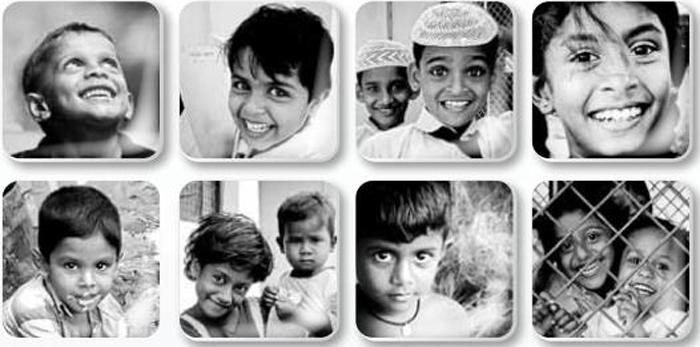



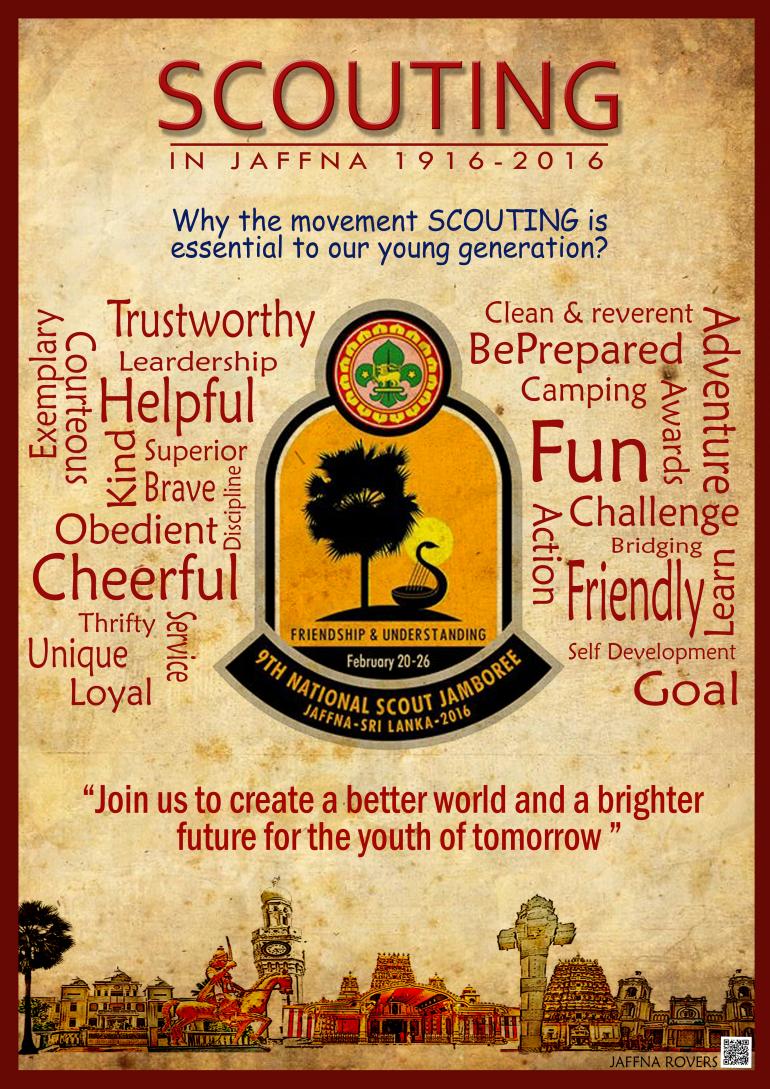


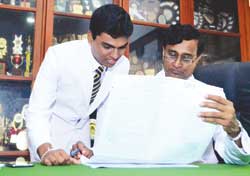


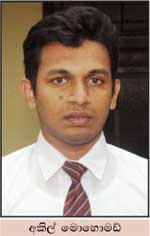
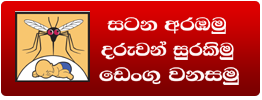
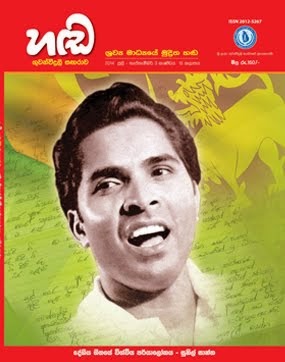


































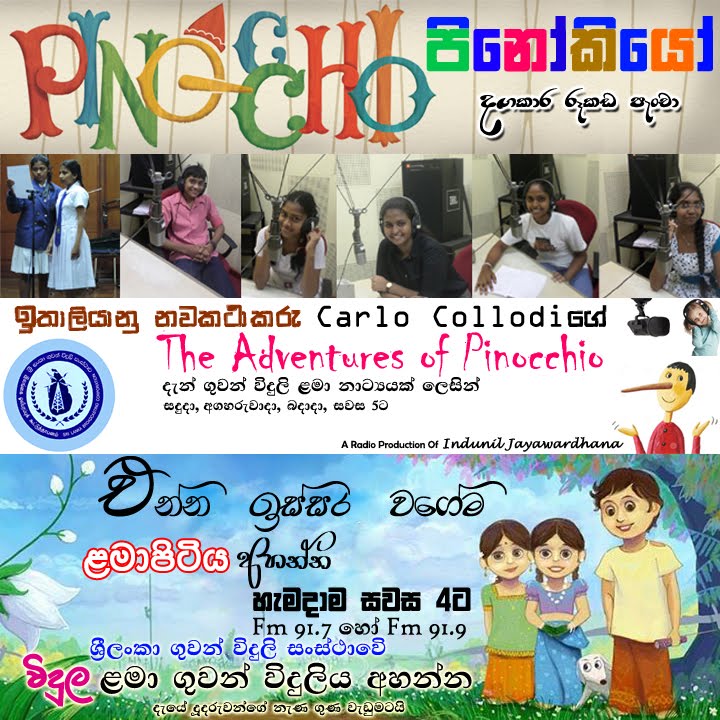



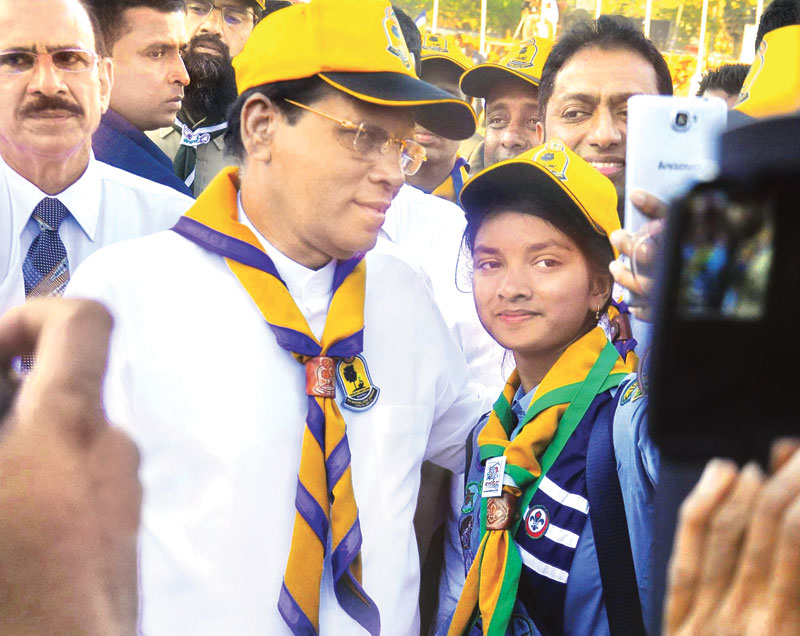
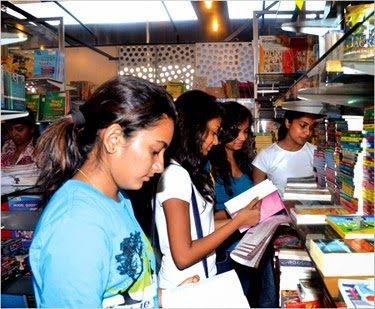


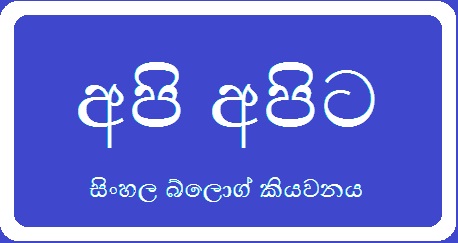

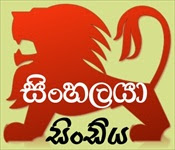



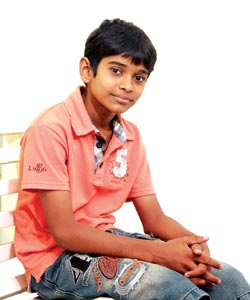

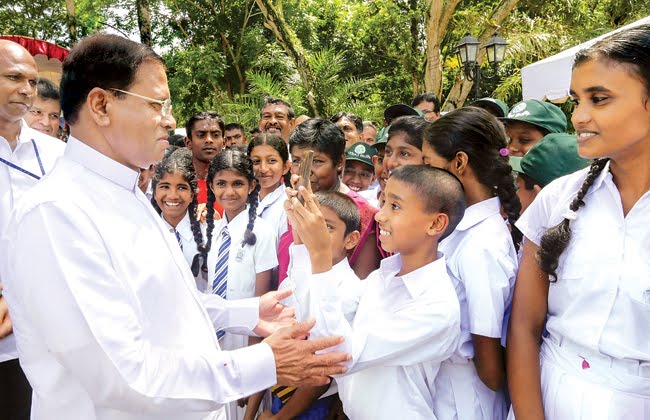


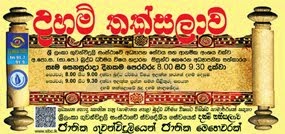
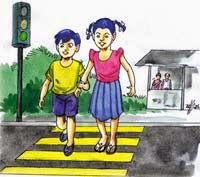

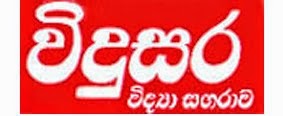
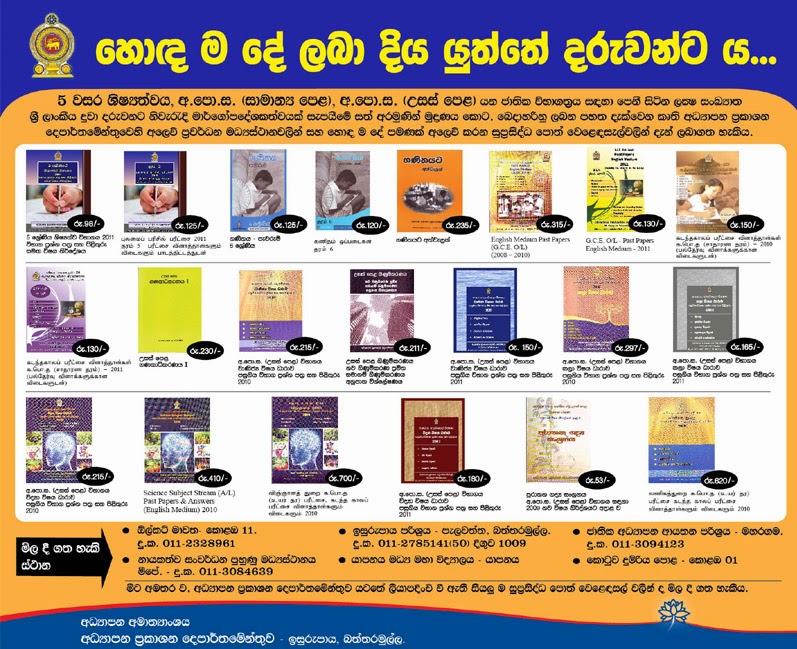
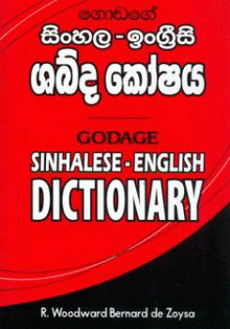
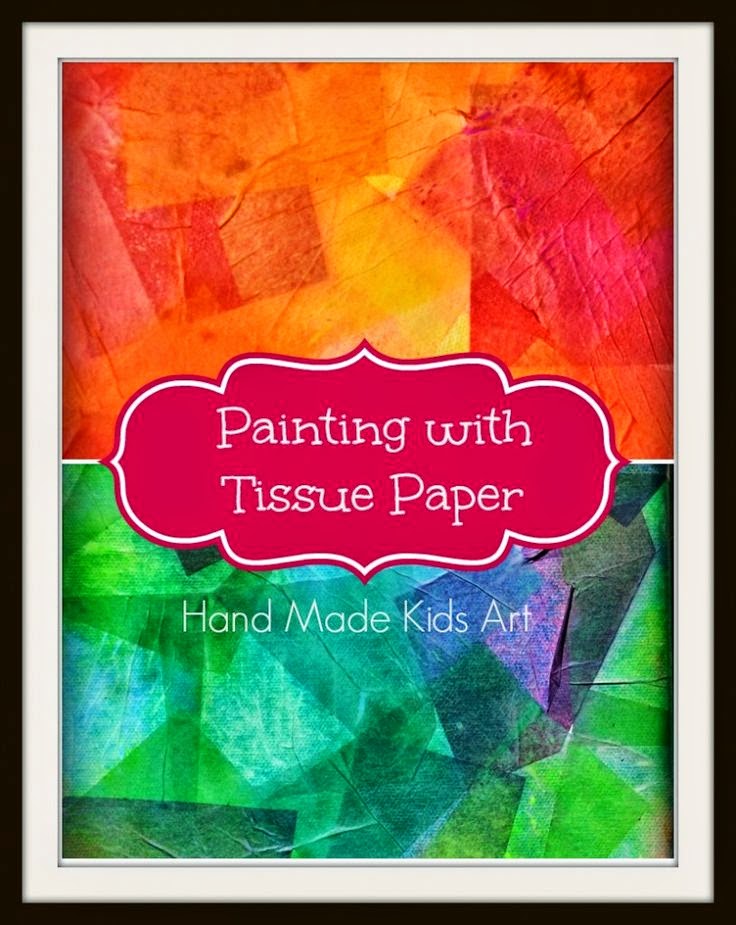









0 comments:
Post a Comment
ඔබගේ අදහස් අපට මහ මෙරකි